5 Mistakes You’re Making That Keep Your House Hot, Experts Say
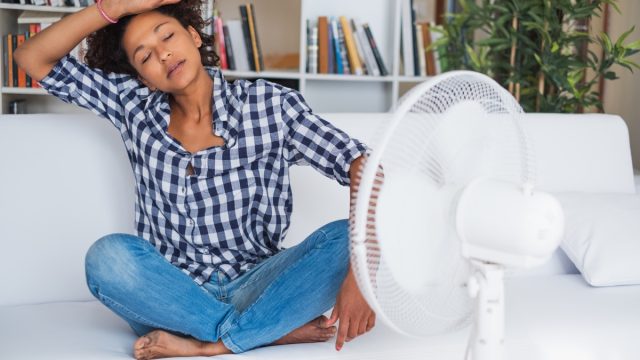
This summer is already proving to be an exceptionally hot one. We’re just one week into the new season, and a brutal heatwave is spreading across Texas and other parts of the Southeastern U.S. When temperatures reach such dangerous heights, health officials advise people to limit their time outside. But what if your home doesn’t feel all that cooler than the outdoors? Experts say there could be certain problems keeping things from cooling down. Read on to discover five mistakes you’re making that keep your house hot.
READ THIS NEXT: Portable Air Conditioners Should Be Your “Last Resort,” Experts Warn—Here’s Why.
1
You’re picking the wrong paint colors for your home.
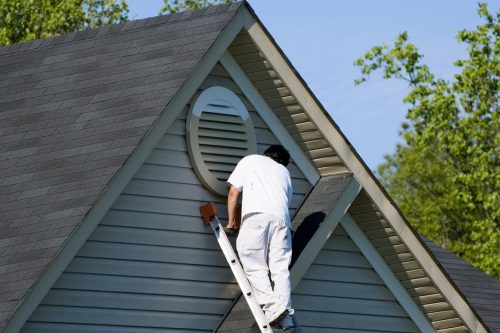
Your paint preferences may be impacting how cool your home can get. When it comes to the exterior, Goodell David, a home expert and the founder of Paints Acrylic, advises homeowners to avoid choosing any dark colors.
“They absorb more heat than light colors, so painting your house with a dark color could make it hotter inside,” he explains.
Instead, David recommends going with a lighter or more reflective color for the outside of you home—like white, beige, or gray.
“This will help reflect the sun’s rays and keep your house cooler,” he says.
2
You’re using heat-producing appliances during peak hours.

Many of our everyday household activities “generate a lot of heat,” Josh Mitchell, an HVAC technician and owner of AirConditionerLab, says. This includes activities like cooking, drying clothes, and even running the dishwasher, according to Mitchell.
Of course, no one’s expecting you to stop doing these things altogether just to stay cool. Instead, Mitchell simply suggests not making the mistake of using heat-producing appliances during the hottest parts of the day—as doing so can “contribute to an already warm home.”
“Schedule heat-producing activities for early morning or late evening when temperatures are typically cooler,” Mitchell recommends. “This change can make a noticeable difference in your home’s overall temperature.”
3
You’re letting too much sunlight in.
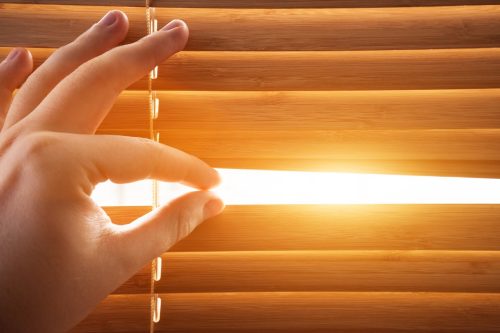
Most of us love letting natural light into our space, especially on those long summer days. But be careful about letting too much in, warns Dave Bringer, owner of Bringer Appliance Repair, who has been servicing homes for over 30 years.
“Excessive sunlight streaming in can create a hot environment for your home,” he shares.
To avoid this, Bringer recommends using curtains and blinds to block out the sun. And when you do need to let sunlight in, “let it be limited,” he says.
For more home advice delivered straight to your inbox, sign up for our daily newsletter.
4
You have inadequate insulation in your house.
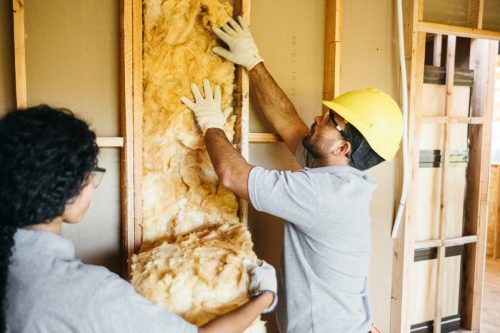
Another common mistake that can contribute to scorching spaces is having poor insulation, Tom Allan, a heating, plumbing and appliance expert who serves as the general manager of Easy Boilers, tells Best Life.
“When insulation is inadequate in the walls, roof, or windows, it allows heat to transfer into your home during hot weather,” he says.
To fix this, Allan advises homeowners add insulation materials to these particular places—but make sure you don’t go at it alone.
“It’s a good idea to consult with a professional to determine the best insulation options for your home,” he notes.
5
You’re setting your thermostat too low.
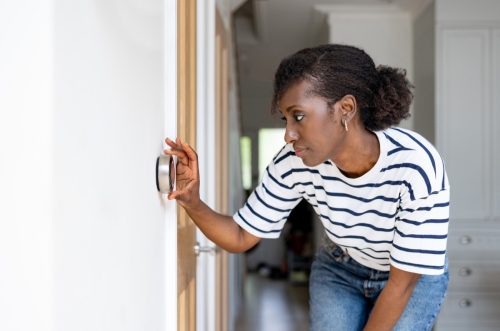
It’s easy to assume that setting the temperature in your house as low as it can go will make things feel cooler fast. But this is actually a major misconception, according to Mitchell.
“It only makes your air conditioner work harder and longer, raising the temperature and energy costs,” he explains.
With that in mind, Mitchell says you should “find a comfortable and reasonable temperature for your home.” He recommends keeping it at 78 degrees Fahrenheit when you’re home and awake.
“Then just let the AC do its job,” Mitchell concludes.